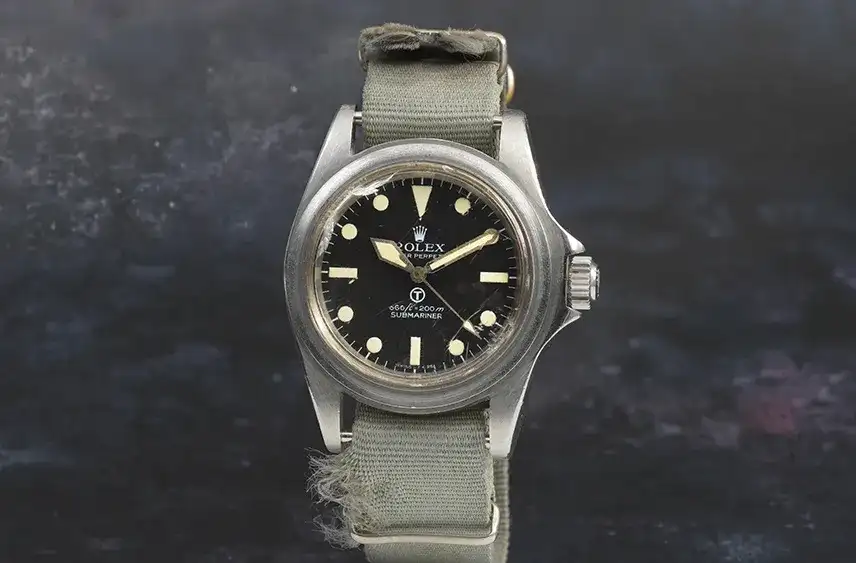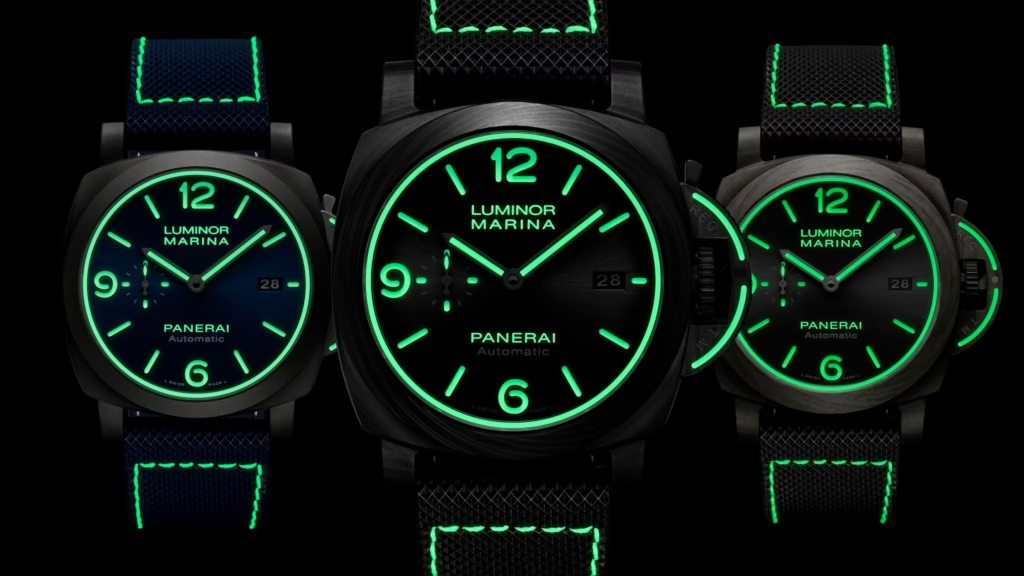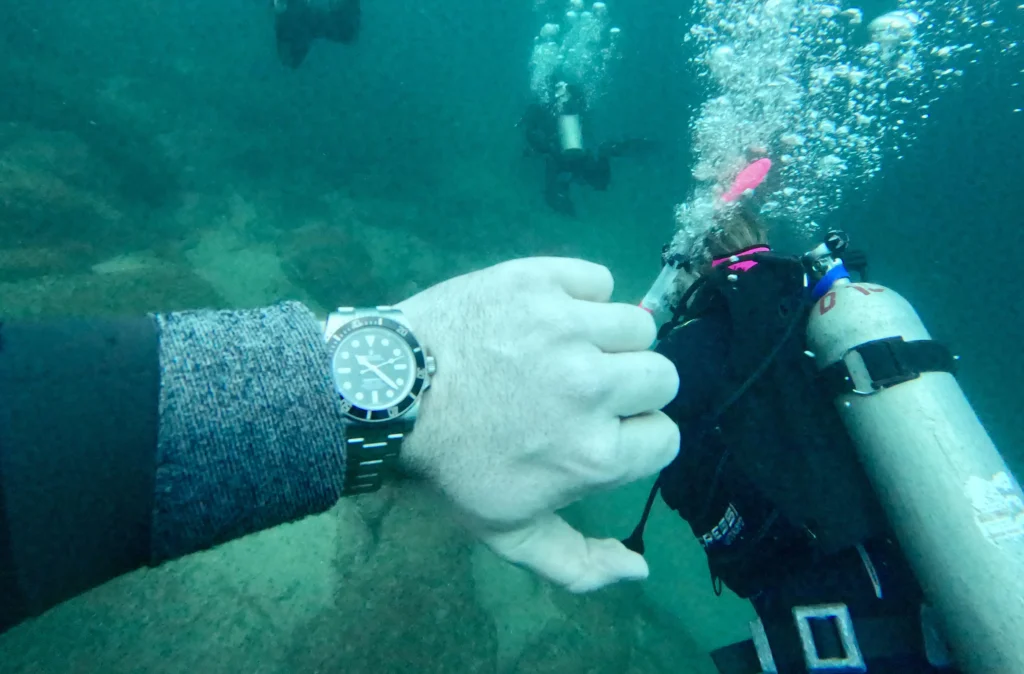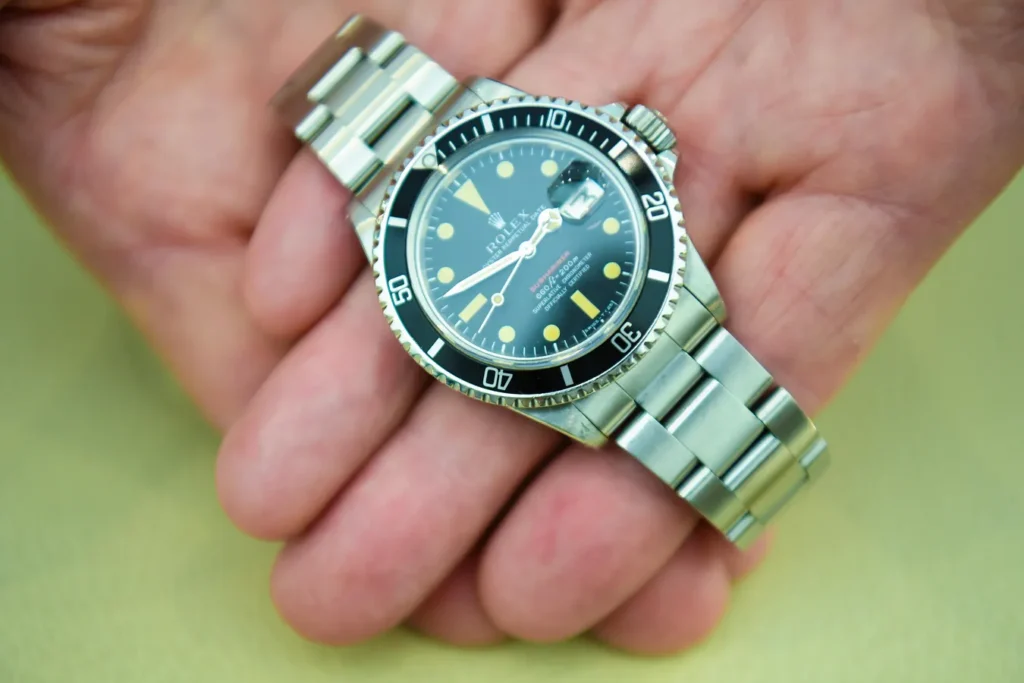
From field to wrist: The evolution of military watches
There is a certain romance to military watches that no other category can quite capture, and we at Lugano Watches Dubai are going to tell you all about it.
Before they were collector darlings, before they were dressed up in gold or platinum cases and paraded on auction blocks, they were simply tools.
Brutal, functional, stripped to their essentials.
A soldier in the mud did not care about Geneva stripes or beveled edges.
What mattered was whether the watch would survive the cold, the heat, the shock of battle, and still deliver time when it mattered most. And yet, from those utilitarian beginnings came some of the most enduring design codes in modern horology.
When you put a vintage field watch on your wrist today, you feel more than time.
You feel history, grit, and necessity distilled into a few centimeters of steel and glass.
That is the magic of military watches, and their journey from the trenches to the boutiques of the modern world is one of the great transformations in watchmaking.

Born out of necessity
The wristwatch as we know it owes much of its existence to war. In the late nineteenth century, wristwatches were dismissed as a novelty, something for women, while men were expected to carry pocket watches. It took the realities of combat to prove otherwise. During the Boer War and more dramatically during the First World War, soldiers needed both hands free while still being able to check the time instantly. Strapping a watch to the wrist went from eccentric to essential.
The “trench watch,” often a modified pocket watch with wire lugs soldered on, luminous radium numerals, and a protective shrapnel guard, was the ancestor of virtually every modern men’s wristwatch.
By the Second World War, governments were commissioning specific specifications for watches.
The British Ministry of Defence, for example, created the famous WWW “Dirty Dozen” spec, which called for legibility, robustness, and accuracy.
These were not luxury objects.
They were government-issued tools, mass produced to survive field conditions.
Yet those very qualities ; stark legibility, matte black dials, oversized luminous numerals ; became aesthetic hallmarks. When you look at a modern IWC Pilot’s Watch or a Hamilton Khaki Field, you are seeing the direct descendant of those mid-century government specifications.
The appeal was not limited to ground troops.
Pilots required large, easily legible watches that could be read in the dim glow of a cockpit. Dive units and naval forces required watertight cases, rotating bezels, and lume that could survive underwater operations.
Each military necessity pushed watchmaking forward, creating functions and design choices that remain standard today.

Civilian adoption and cultural mythology
Once the wars ended, many servicemen brought their issued watches home.
What had once been a tool of survival became a personal memento, a reminder of service and sacrifice. These watches naturally filtered into civilian life, and soon enough, brands began producing civilian versions of their military models.
The Omega Seamaster, born of waterproof military tool watches, became a gentleman’s diver.
The Rolex Submariner, heavily informed by military diving needs, grew into one of the most iconic sports watches in history.
Even humble Hamiltons and Longines field watches developed cult followings for their honest functionality and association with wartime grit.
Hollywood helped to elevate their mythology.
Steve McQueen wearing a Heuer Monaco, Sean Connery’s James Bond sporting a Submariner, countless war films showing troops checking their sturdy field watches.
The military tool became a symbol of adventure, masculinity, and survival. And as decades passed, collectors began to seek out the originals, not only for their style but for their tangible link to history.
A WWII Dirty Dozen watch, or a Vietnam-era Benrus Type I, carries a patina of service that no modern reissue can fully replicate.
The irony, of course, is that what began as inexpensive government-issued instruments are now highly sought collector’s pieces.
The authenticity of their purpose, the scars of their usage, make them more desirable than pristine safe-queens.
You do not just wear time with these watches, you wear stories.

The military spirit in modern horology
Today, nearly every major watch brand draws inspiration from its military past. IWC continues to make pilot’s watches that echo its Mark XI military issue. Panerai, once the supplier of luminous dive watches to Italian commandos, has turned its functional cushion-cased divers into luxury icons. Hamilton has leaned heavily into its military heritage, producing modern field watches that are still accessible while maintaining the spirit of its issued pieces. Even niche brands find success by resurrecting forgotten military references or design cues.
Modern watchmaking has dressed up the tool into luxury attire.
What was once a matter of survival is now a matter of status. Ceramic cases, sapphire crystals, and in-house movements have replaced the utilitarian pragmatism of the past.
Yet the DNA remains.
The oversized crown you can grip with gloves, the stark luminous numerals, the rotating bezel to measure elapsed time ; these elements survive because they were born of function, not fashion.
Their authenticity ensures their longevity.
Collectors today may never step foot in a battlefield, but when they strap on a military-inspired chronograph or diver, they are tapping into that same lineage of toughness and reliability. There is a psychological weight to it, a sense of continuity with history.
Even in boardrooms and black-tie dinners, the military watch whispers of survival, exploration, and grit.

Final thoughts: from trenches to treasure chests
The journey of military watches is a reminder of how necessity drives innovation and how culture transforms tools into symbols. What began as cheap, functional instruments of war have become some of the most coveted and celebrated designs in horology. They carry with them not only the precision of engineering but the gravity of history.
To wear one is to connect with the men who relied on them when seconds were truly life and death.
And so, when you look down at the luminous numerals of a field watch or feel the click of a pilot’s bezel, you are not just looking at a piece of metal and glass.
You are holding the evolution of warfare, technology, and human ingenuity on your wrist.
That is why military watches remain so beloved.
They are not just reminders of time, but reminders of what it took to endure it.
From the mud of the trenches to the lights of the auction room, they have marched steadily forward, always ticking, always ready, always telling a story worth hearing.
